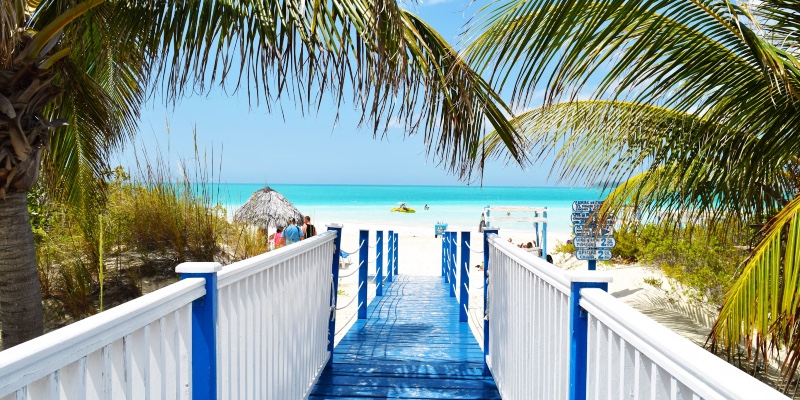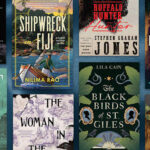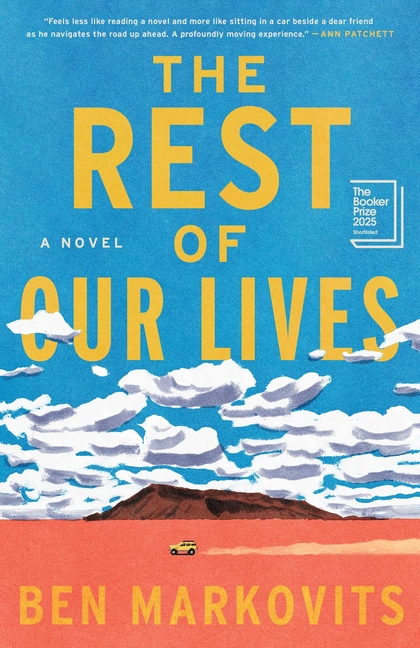When I tell people I’ve written a locked-room thriller set on the Caribbean island of St. Barth’s, they usually raise an eyebrow. “Wait,” someone said recently, “how can you be trapped when there’s a beach, and plenty of people around?”
That’s exactly what drew me to the idea.
Locked-room mysteries are usually defined by their claustrophobia: a murder in a snowbound manor, an impenetrable boarding school, a sealed train car. But what happens when you trap your characters somewhere that looks like paradise? What happens when the walls are made of secrets, sky, and salt water—and there’s no escape?
My new novel, Sunburned, takes place largely aboard a billionaire’s yacht moored off St. Barth’s, a glittering island that boasts zero annual murders—until now. The protagonist, Audrey Collet, arrives reluctantly, summoned by her eccentric ex-boyfriend Tyson after a human foot (yes, a literal foot) washes ashore in the Everglades. What follows is a sun-soaked, high-gloss unraveling of secrets, betrayals, and murder. The sea is turquoise, the champagne is flowing—and someone is about to die.
Writing a locked-room mystery in an exotic location means walking a tightrope between escapism and dread. Here’s how I approached it.
- Trap the Reader Where They Least Expect It
We usually think of tropical destinations as an escape from reality—perfect for a honeymoon or a family vacation. But paradise can be deceptive. It offers the illusion of freedom: palm trees, sea breezes, open air. What I wanted to do in Sunburned was subvert that expectation. I didn’t just want to close the room—I wanted the reader to realize it was locked only after they’d already stepped inside.
An island is, by definition, isolated. A yacht even more so. Once my protagonist boards Tyson’s luxurious boat with its private staff and suspect guest list, she’s trapped. Cell service fades. Trust evaporates. The ocean, once inviting, becomes a glittering wall.
- Use the Setting as a Weapon
I firmly believe setting should do more than decorate—it should participate. On St. Barth’s, wealth masks dysfunction. Everyone is tanned and toned, but their motives are murky. And that crystal clear sea that entices can also be a watery grave.
The physical environment shapes how people behave. In hot climates, tempers shorten. Secrets slip. Night falls quickly in the tropics, and the dark is total, providing cover for a would-be assassin. That kind of disorientation is gold for a thriller writer. When everything smells like salt and rum and sunscreen, reality feels fluid. Paranoia blooms.
For me, the most unsettling scenes in Sunburned take place in broad daylight. There’s something unnerving about watching beautiful people drink rosé while a body might be floating just off the stern. It’s the contrast that creates tension.
- Every Character Has a Knife
The locked-room format works best when you cram together a group of people with clashing needs, hidden resentments, and zero exit plan. It’s a pressure cooker. Add a gorgeous but unpredictable setting and things boil fast.
On Tyson’s yacht, no one is what they seem: a clipped-wing socialite, a resentful brother, a business partner held a little too close, a brooding French butler who may know more than he’s letting on. Each has a reason to lie. Each could be the killer. And Audrey, who’s trying to keep her own secrets buried, becomes both investigator and potential next victim.
In locked-room stories, motive is king—but opportunity and proximity are queen and joker. The tighter the space, the higher the stakes.
- Let the Fantasy Fray at the Edges
As writers, we’re told to “write what we know,” and while I enjoy visiting the locales I write about, I prefer to write stories that I’d never want to live through. Writing Sunburned let me inhabit the fantasy—sailing the Caribbean on a billionaire’s dime—but also peel it back. I wanted to explore how wealth and luxury insulate people from consequence…until they don’t.
The exotic locale gave me a seductive stage, but it also let me explore deeper fears: can shared secrets ever really be buried? What happens when past sins wash back ashore? And is wealth and power really all it’s cracked up to be?
Even in the most beautiful places, violence doesn’t always knock—it just steps out of the cabana.
- End With a Rip Current
No matter the setting, a good locked-room mystery should march to its grand finale with walls closing in and karma coming full circle, leaving the reader breathless. By this point in the book, I aim to keep my readers up long past their bedtimes, turning the pages frantically to see what happens. The reveal in Sunburned was one of the hardest and most satisfying moments I’ve written. It had to land like a rip current—fast, disorienting, and inescapable, with a climax that feels both surprising and fated.
So yes, St. Barth’s may be postcard-perfect, a mega yacht a dream come true. But in this book, all that beauty and wealth is a trap. I wanted the reader to feel the sun on their skin, the champagne on their tongue—and the unmistakable sensation that something is about to go horribly wrong.
That’s what I love about writing thrillers in exotic places: the danger doesn’t come from a creaking floorboard or a stormy night. It comes from what we’re willing to overlook when everything looks perfect.
And on this island? Perfection is the deadliest lie of all.
***


















